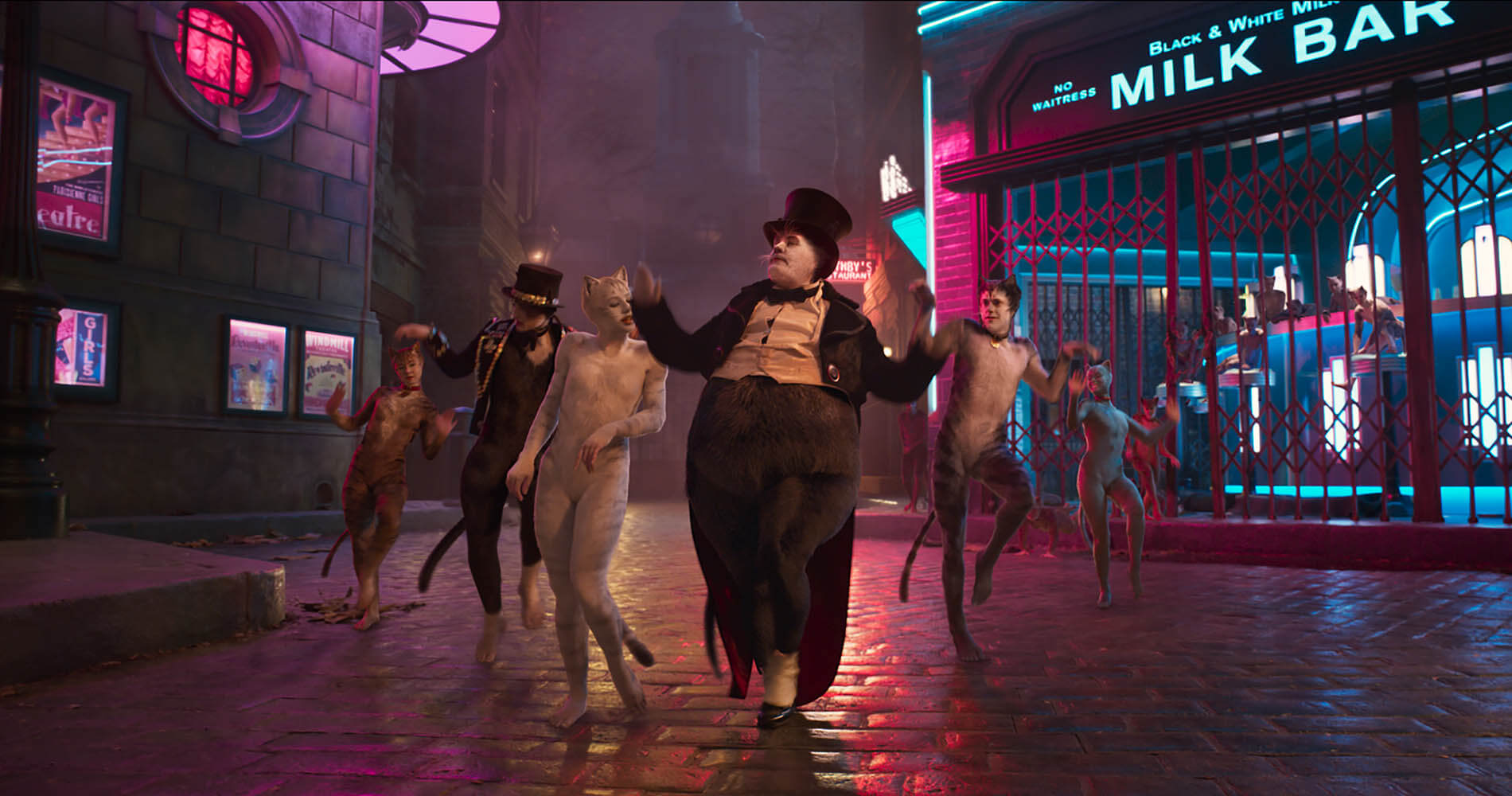The President faces an impeachment trial, Australia is on fire, and a war with Iran looms–in other words, Monday was the perfect time for the Washington Post to publish an article about people who got really high and saw Cats. I can’t be the only person who’d been looking forward to the story since Style section reporter Maura Judkis called for sources a week ago in a tweet that quickly went viral.
https://twitter.com/MauraJudkis/status/1211688932787798022
Who knows why this topic clicked with so many people? The week between Christmas and New Year’s is traditionally—traditionally!—one of the slowest periods of news every year. Perhaps Judkis’s specificity about edibles resonated with stoners stuck in their family homes without a quicker way to partake. Maybe it’s just a super-funny idea?

Reached by phone, Judkis says she got approval from her editors to offer anonymity before issuing the appeal, and the cattle call worked: she received so many messages that after a while things got “to the point where my inbox was unusable.” Judkis is not sure exactly how many emails and Twitter DMs she received but estimates it’s somewhere between 400 and 500. After she filed her draft last Thursday, she batch-deleted a lot of the unread emails: “I feel really bad about it, but I have other deadlines, too,” she says.
Judkis estimates she conducted 15 phone interviews and countless electronic exchanges for the article. Her questions to sources tended to entertain coworkers sitting nearby, and at the end she had more anecdotes than she could wedge into the piece. Steve Kolowich edited the story and, in Judkis’s opinion, made it much funnier. She does rue that one source’s giggles about the “implied butthole of the cats” did not make it into the final version, which instead described her curiosity as regarding “the below-the-belt anatomies of the creatures on-screen.”
“I knew that I was not going to be able to get away with that, but it was important to try,” Judkis says.
A surprise during the reporting was just how many different drugs people told Judkis they’d used to take in the box-office bomb: One source told her he and his friends took poppers, which kicked in “literally as Jennifer [Hudson] screams out, ‘Touch meeeeee, it’s so easy to leave meeeeeee.'” For others, Judkis says, there was tension about what time their edibles would snap into action. Those are hilarious (and, frankly, terrifying) prospects, but they also highlight a sticky subject for the Post, which is that while it’s legal to use cannabis in the District of Columbia, the Washington Post is a national newspaper, and Eugene Meyer’s Seven Principles for the Conduct of a Newspaper don’t strictly cover peaking while trying to process Macavity the Mystery Cat’s high jinks.
“The Washington Post does not condone the use of illegal drugs,” Judkis says, echoing a similar line in the article, though she notes the paper covers the cannabis business and that though she’s a general-assignment reporter for Style, she’s carved out a microbeat as a cannabis reporter with stories about a cannabis café in Los Angeles and about cannabis cookbooks in the last year. “The reason we decided to do this story is the movie is so bad, and this is the one way that people seem to be experiencing it and maybe enjoying it.”
At any rate, she says, the stories of the cognitive horrors some of her sources experienced when Rebel Wilson removes her cat suit to reveal clothes underneath–why does a cat have clothes beneath its fur? Why do the cockroaches she eats have human faces? Why???—are a good advertisement for not taking edibles and seeing Cats. “The cats become monstrous from what I understand,” she says, though she suspects some readers may be “up to the challenge.”
But hold on just a second, Maura–are we to infer you have not seen this film? In fact, she has not. “I am worried it would ruin my childhood,” Judkis says. She saw it once as a kid, and more recently at the Kennedy Center, which she says was a terrific experience: “In the musical the cats are human-sized and you’re aware they’re people, but the CGI gives you this whole ‘uncanny valley‘ thing.” Sometimes the cats are small. Sometimes they’re large. They have hands. It can all add up to a bad scene, Judkis says: “When robots or nonhuman things look too much like humans, it triggers this repulsive instinct in people.”
As delightful as the finished article is, the abhorrence many of her subjects felt while watching the cats cavort are something of a warning about not following their examples: “I would not call it a pro-cannabis and Cats story,” Judkis says.

















